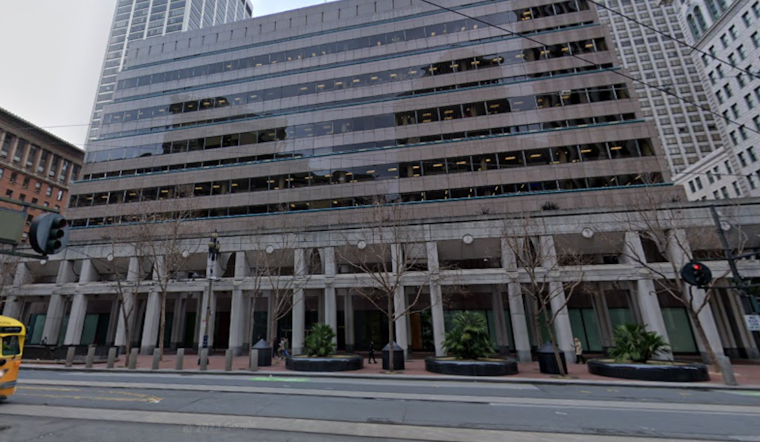Recent San Francisco Federal Reserve research points to persistent inflationary pressure from the U.S. labor market, even as it cools from its peak in 2022. In a Monday publication, economists Regis Barnichon and Adam Hale Shapiro highlighted that “elevated demand continued to contribute 0.3 to 0.4 percentage point to inflation as of September 2024.” This insight underlines a nuanced understanding of the job market’s influence on inflation despite a general slowdown. The analysis sheds light on the relationship between job openings, the ratio of job seekers, and inflation, as perReuters.
In response to a decreasing inflation rate and a cooler job market, the U.S. central bank lowered its policy rate in September. Following a second rate cut earlier this month, the current range is 4.50%-4.75%. While Fed Chair Jerome Powell has suggested that labor demand and supply are now roughly in balance, not everyone at the Fed agrees on the current rate’s restrictiveness or future rate adjustments. Powell pointed out that the decline in the job-openings-to-job-seeker ratio indicates that the job market is no longer a significant source of inflationary pressure. However, the recent San Francisco Fed findings, as reported byReuters, suggest otherwise, with a notable ongoing impact on inflation rates.
Delving deeper into its framework, the San Francisco Fed’s study considers three labor market indicators: the unemployment rate, the job vacancies to unemployed workers ratio (V U ratio), and the vacancies to effective job seekers ratio (V S ratio). These ratios are thought to better predict inflation by accounting for a broader set of available workers, including those not actively engaged in job searches. The research finds a decreased but still present impact of excess demand on inflation, contributing between 0.3 to 0.4 percentage points as of September 2024. It’s a notable observation for policymakers, indicating a still-tight job market despite reduced inflation figures.
The San Francisco Fed researchers have pointed out that “excess demand peaked in the first quarter of 2022, contributing between 0.75 and 1.15 percentage points to inflation.” While the economy has cooled, these persistent excess demand contributions mean inflation remains above the Federal Reserve’s 2% target. According to findings shared by theFederal Reserve Bank of San Francisco, the V S ratio, in particular, offers a superior forecast for inflation, emphasizing the value of including all effective job seekers in the analysis.
Note: Thank you for visiting our website! We strive to keep you informed with the latest updates based on expected timelines, although please note that we are not affiliated with any official bodies. Our team is committed to ensuring accuracy and transparency in our reporting, verifying all information before publication. We aim to bring you reliable news, and if you have any questions or concerns about our content, feel free to reach out to us via email. We appreciate your trust and support!



Leave a Reply